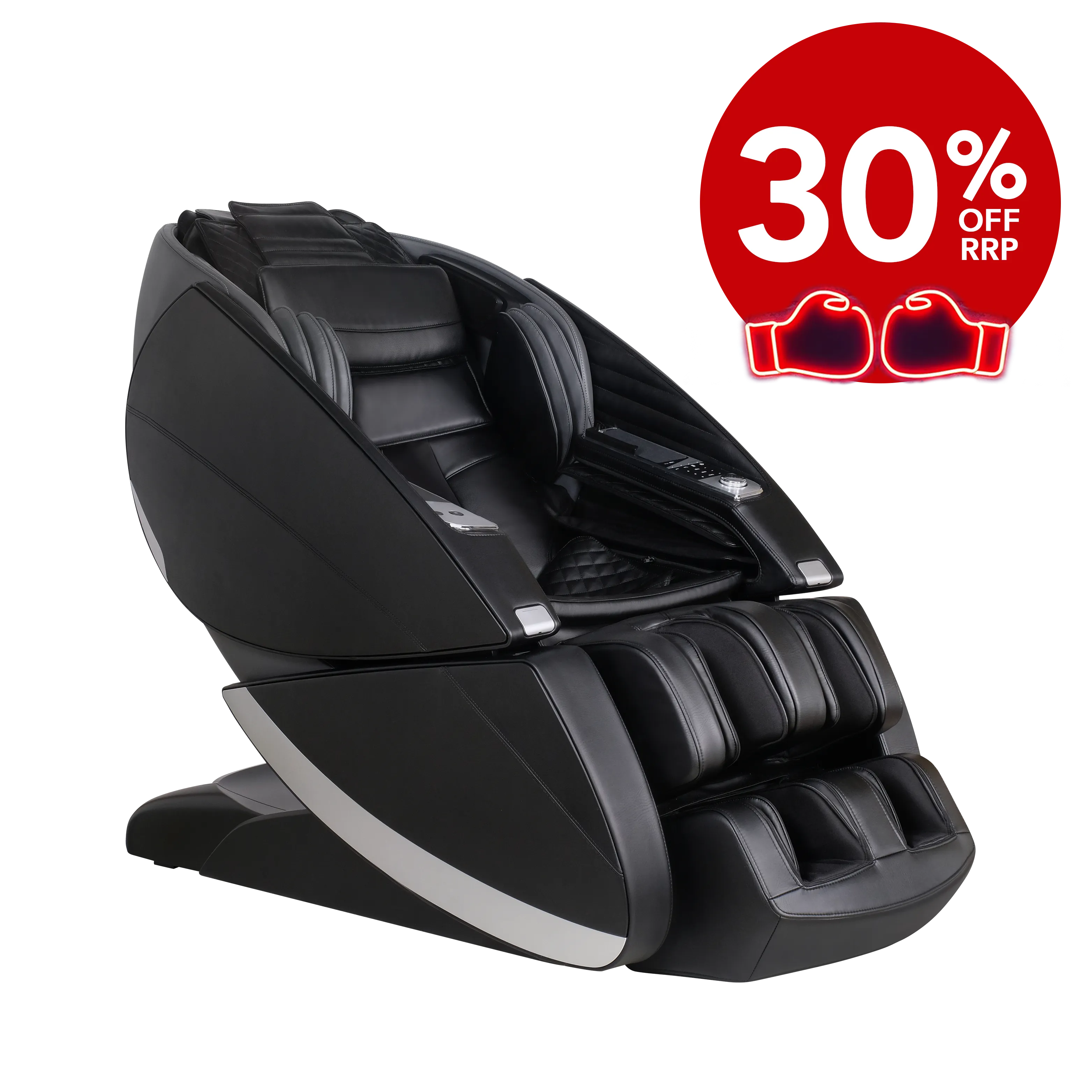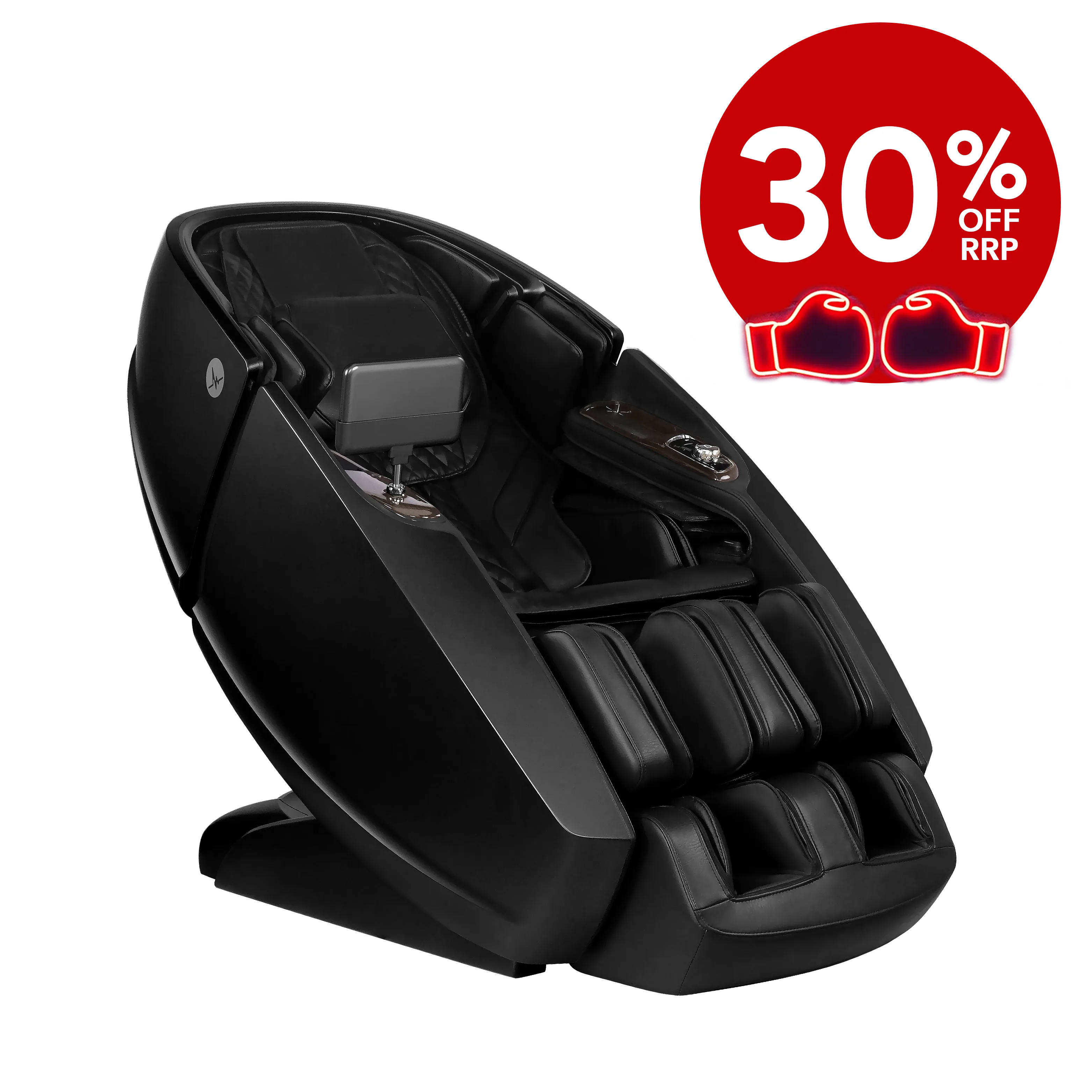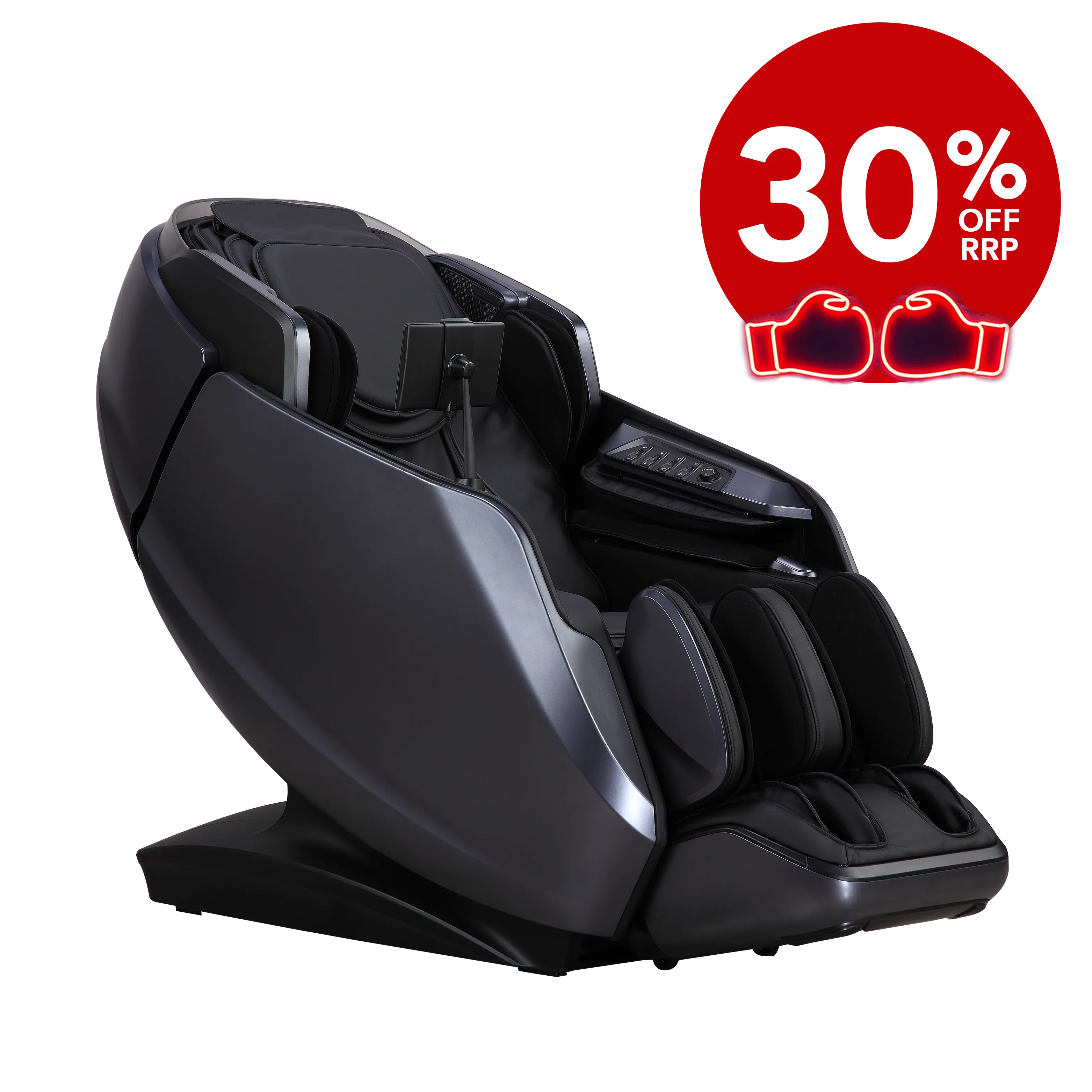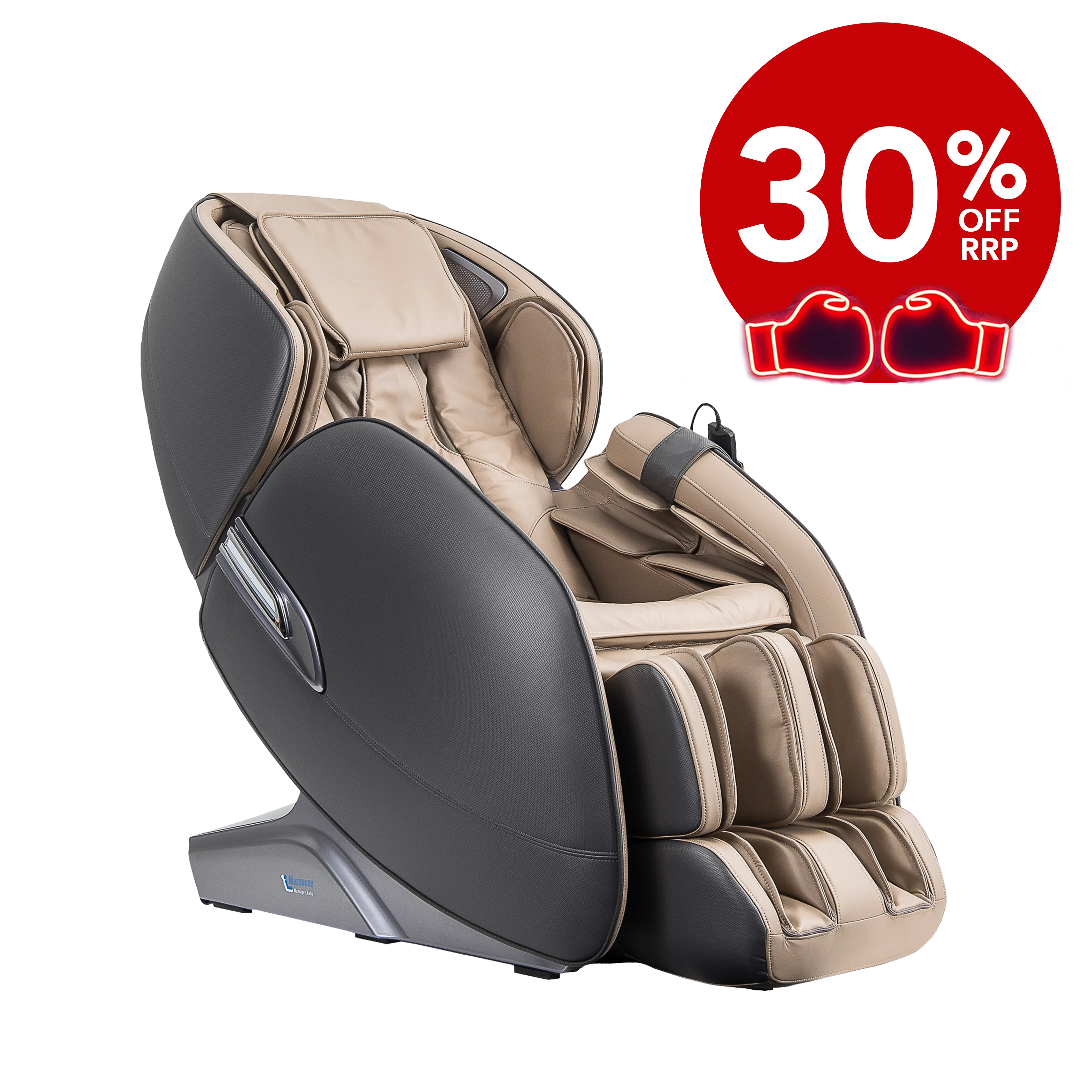
The Impact of Massage on Stress and Workplace Productivity
The link between massage and workplace stress has become impossible to ignore. Today’s employees face unrelenting deadlines, constant online availability, and the physical toll of sitting for long hours. Stress shows up not only as anxiety and fatigue but also as poor concentration and frequent absences. For organisations, this translates to lost productivity and diminished morale across teams.
Massage therapy, once viewed as a luxury, is now recognised as an evidence-backed intervention that can support both individual wellbeing and workplace outcomes. By reducing stress hormones, easing muscle tension, and improving mood, massage provides a practical way for employees to recharge.
More businesses are incorporating massage into their wellness strategies, whether through regular in-office sessions or the introduction of massage chairs in common areas.
Understanding Stress and Its Effect on Workplace Performance
Stress, in the workplace context, refers to the physical and emotional responses that occur when job demands exceed an individual’s ability to cope. Symptoms vary but often include mental fatigue, difficulty sleeping, irritability, and physical pain such as tension headaches or stiff shoulders.
These effects extend far beyond personal discomfort. According to the World Health Organization (WHO), stress is a leading cause of workplace absenteeism, presenteeism (being physically at work but unproductive), and burnout. In Australia alone, stress-related presenteeism and absenteeism are estimated to cost businesses more than $10 billion annually. Reduced concentration, poor decision-making, and slower reaction times further undermine productivity, creating a cycle that affects both individual and organisational success.
Causes of Workplace Stress
While stress is highly individual, common workplace triggers are widely recognised. Tight deadlines and heavy workloads are often the most immediate causes, leaving employees feeling overwhelmed. Long periods of screen time add another layer, contributing to eye strain, poor posture, and cognitive fatigue. Poor ergonomics (such as uncomfortable chairs or desks at the wrong height) can also create musculoskeletal pain, which in turn intensifies stress.
Equally problematic is the lack of breaks in many office cultures. Skipping lunch or working through rest periods may appear productive in the short term, but over time, it erodes energy, focus, and creativity. Together, these factors accumulate to create an environment where both mind and body are strained, diminishing workplace performance.
The Role of Massage Therapy in Reducing Stress
Massage therapy has a measurable impact on the body’s stress response. Research shows that massage reduces cortisol (the body’s primary stress hormone) while simultaneously increasing serotonin and dopamine, neurotransmitters associated with relaxation and happiness. Improved circulation helps oxygenate muscles and remove metabolic waste, while the physical act of releasing muscle tension eases discomfort and encourages a sense of calm.
For employees, these physiological benefits translate into reduced anxiety and improved mood. For employers, they mean a sharper focus, fewer stress-related absences, and a workforce that feels more valued and supported.
Massage Techniques for Stress Relief
Several massage techniques are suited to busy professionals:
-
A massage chair offers quick relief without requiring employees to change clothes or leave the office. In just 10–15 minutes, it targets common tension areas such as the neck, shoulders, and back.
-
Swedish massage focuses on relaxation, using long, flowing strokes that promote circulation and release general tension.
-
Remedial massage is more targeted, addressing specific musculoskeletal issues such as repetitive strain injuries or postural imbalances caused by desk work.
Evidence-Based Benefits of Massage for Stress Management
A growing body of research continues to validate the connection between massage and stress relief. A study conducted at the University of Miami’s Touch Research Institute found that just 15 minutes of chair massage during the workday led to improved alertness and quicker cognitive processing. Another Australian study published in theJournal of Alternative and Complementary Medicine reported that massage therapy significantly reduced cortisol levels while enhancing immune function in stressed individuals.
Real-world examples further highlight its impact. Companies that have implemented workplace massage programs report reductions in staff absenteeism, improvements in morale, and a more collaborative workplace culture. These outcomes suggest that massage is not only beneficial for individuals, but also an investment in organisational performance.
How Massage Improves Workplace Productivity
When stress is reduced, productivity naturally increases. Employees who feel physically and mentally balanced are more capable of concentrating, solving problems, and thinking creatively. Decision-making becomes sharper, and collaboration more effective. Massage has also been shown to improve sleep quality, which is closely tied to energy levels and cognitive performance during the day.
On a broader scale, incorporating massage initiatives into the workplace contributes to a positive organisational culture. Providing employees with opportunities to rest and recharge signals that their well-being is valued, which fosters loyalty and engagement. In turn, businesses benefit from higher retention rates and lower recruitment costs.
Remedial Massage for Workplace-Related Stress
For many office workers, physical discomfort is one of the greatest contributors to stress. Hours spent hunched over a computer can cause chronic neck, shoulder, and back pain. Remedial massage directly addresses these issues by releasing tight muscles and improving posture.
By alleviating physical strain, remedial massage helps employees feel more energised and focused. This translates into better concentration, fewer distractions caused by pain, and ultimately a more productive workday.
Other Beneficial Therapies for Stress Relief at Work
Massage can also be complemented by other holistic practices. Reflexology applies pressure to specific points on the feet believed to correspond with different organs, aromatherapy massage enhances the calming effects of touch with soothing scents, and mindfulness massage combines therapeutic touch with guided breathing or meditation.
Incorporating these therapies into workplace wellness programs can provide employees with a diverse toolkit for managing stress, supporting both mind and body.
Next Steps: Incorporating Massage into Your Workplace Routine
The most effective way to experience the benefits of massage is through regular practice. For individuals, this may mean scheduling professional treatments or making use of massage chairs during breaks. Massage chairs, in particular, offer a practical solution for the workplace: quick 10–15 minute sessions, lumbar support, deep tissue settings, and optional heat therapy that targets common areas of tension.
For businesses, investing in massage chairs for break rooms or quiet spaces can be a cost-effective way to integrate wellness into daily operations. Unlike external therapists, massage chairs are available at any time, require no scheduling, and can be used by multiple staff throughout the day. As part of a broader wellness initiative, they provide accessible and ongoing support for stress management and productivity.
Frequently Asked Questions about Massage for Stress & Productivity
How often should I have a massage for stress relief?
For general stress management, a weekly or fortnightly massage can be highly effective. However, even short, regular sessions using a massage chair can provide meaningful benefits.
Is workplace massage cost-effective for employers?
Yes. By reducing absenteeism, presenteeism, and staff turnover, massage programs often deliver a return on investment. The cost of providing massage chairs or occasional in-office sessions is minimal compared to the expense of lost productivity and recruitment.
Can massage chairs be delivered and installed in the office?
Modern massage chairs are designed with workplace use in mind. They can be delivered, installed, and set up in common areas or dedicated wellness spaces, allowing staff to access the benefits with minimal disruption. Shop our full range of massage chairs or explore our bestsellers today!






)





